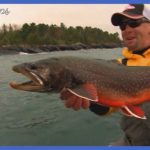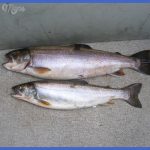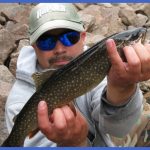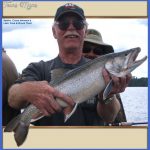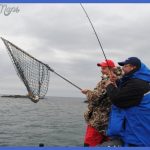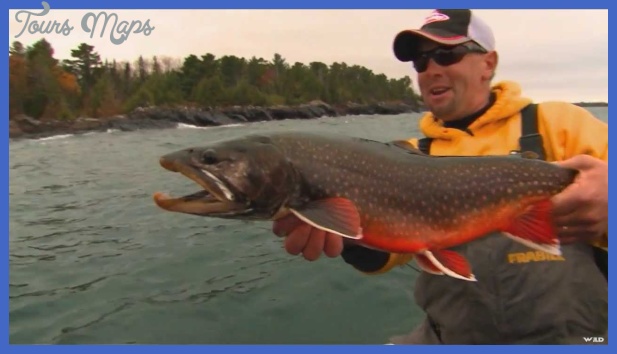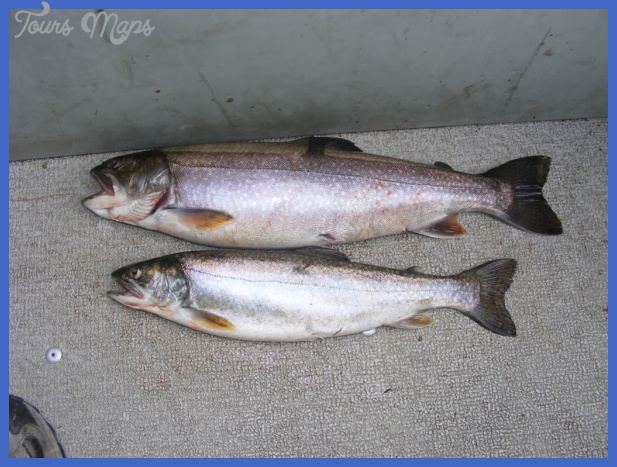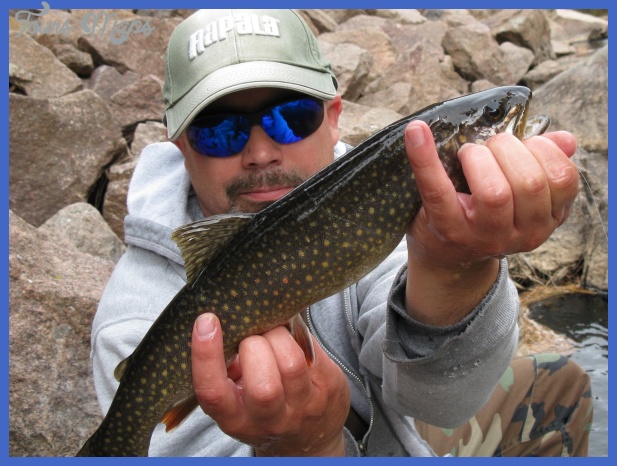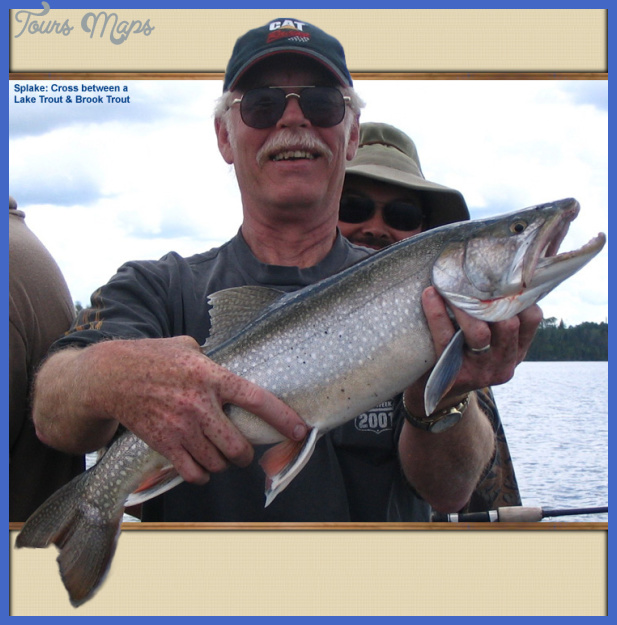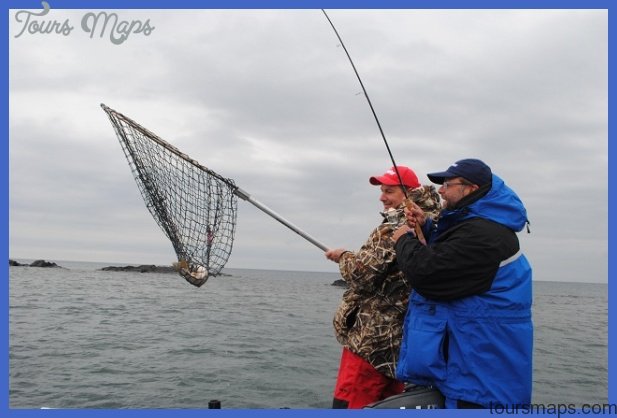Splake are hatchery-reared coldwater game fish, the result of combining brook or speckled trout milt with lake trout eggs. While splake are physically capable of reproducing, in Maine they have not been known to successfully cross with either parent species in the wild. This ensures that existing populations of brook trout and lake trout will not suffer genetic degradation from the introduction of splake.
Splake grow faster than either parent species and can live as long as seven years. They can resemble either parent, causing potential identification problems for anglers. Regulations are usually the same for all three species when they occur in the same water. Generally speaking, splake have spots similar to lake trout, larger heads than brook trout, and a square tail. The vermiculations found on the back of brook trout are present but indistinct. In spite of these differences, only a trained biologist can identify a splake with 100 percent certainty. The only logical answer to this quandary is for the state to begin fin-clipping splake in an easily identifiable manner. This is already being done in some waters, mostly for the benefit of those Maine anglers who keep voluntary fishing record books for the Maine Department of Inland Fisheries & Wildlife.
Generally, splake are stocked in ponds, rather than in brooks and streams. Sometimes splake escape over dams and are taken by trout anglers. This has happened in the Sheepscot River, where splake entered from Sheepscot Lake.
It is still unclear how large a Maine splake can grow. The average 4-year-old splake measures about 22 inches. Larger fish have been documented in other states. Techniques
Spin fishing – Splake are more easily taken on bait or flies, but anglers using small gold spoons can take the occasional splake. Spinning lures are not commonly used by splake anglers.
Splake are relatively small, so using ultralight tackle will let you enjoy the fight to the fullest. A one-piece graphite rod and a reel loaded with 4-pound test line is ideal.
Fly casting – Splake will hit small bucktails such as muddler minnow, Edson tiger light, Mickey Finn, and black-nosed dace. Nymph fishers can take splake with sinking lines and large nymphs, such as stone fly nymphs. Even so, splake are not a noted fly rod quarry.
Any fly outfit will do, but a 4- or 5-weight rod of 8 feet will provide the most sport.
Bait fishing – Splake will take live or dead minnows, worms, and night crawlers. Use small minnows (no longer than 2 inches). Common earthworms are just as good. Use a size 8 hook and no more weight than is needed to cast. Let your worm sit on the bottom for a few minutes, then slowly retrieve it in increments. Fish minnows the same as you would worms. As when fishing for brook trout, anglers fishing from shore should seek the south side of ponds in early spring and along rocky drop-offs. If you use a boat, fish in 10 to 20 feet of water. Ultralight and light spinning gear is the ticket for splake fishing, since splake are not found in weedy areas. Your hook is not likely to get stuck on the bottom in Maine’s cold, relatively deep splake waters.
Ice fishing – More splake are taken by ice fishing than by any other method. Splake feed actively under the ice, and minnows or worms placed on or near the bottom in 10 to 40 feet of water are effective. Since splake are so active in winter, a large portion of the fish in a pond can be taken during the first few weeks of ice fishing season, after which the action slows. For that reason, some splake waters are closed to ice fishing.
Begin fishing near a point of land, if any can be found. Splake are fond of structure and often hang near rocky bottoms looking for bait fish. Use size 6 or 8 hooks, with no added weight other than a small split shot. Make sure your tip-ups are in good working order, because splake will drop a bait at the first sign of unnatural pressure. For this reason, splake can be difficult to hook.
Splake usually make a long run as soon as they take the bait. Wait for the fish to stop and turn the bait prior to swallowing it before you strike.
You can also take splake with small ice fishing jigs. Work the jig slowly and be ready to strike at the first hint of a take.
Best bets for Maine splake: Sheepscot Pond, Site 23; and Piper Pond, Site 45.
Fishing: Splake Photo Gallery
Maybe You Like Them Too
- The Best Cities To Visit in The World
- World’s 10 Best Places To Visit
- Coolest Countries in the World to Visit
- Travel to Santorini, Greece
- Map of Barbados – Holiday in Barbados

